Dateline – June 28, 2014
Reptiles and amphibians are not my strong suit. It is not unusual for me to have trouble positively identifying some of the specimens that I encounter out in the field. On occasion I need a little help.
For years Grant Shepard has been my go-to guy for herpetological questions, and he has never failed to come through for me. I have found his expertise to be invaluable. Now Grant is sharing his specialized knowledge about some of the world’s rarest salamanders—found right here in Texas—and he is sharing it with everybody!
Grant has just published a new coloring and activity book about the spring salamanders of central Texas. This 28 page book features six species of salamanders found only in the Edwards Aquifer region of Texas. The book contains great illustrations to color, word searches, games, crossword puzzles, and a vocabulary section. Facts and exercises are included to help children learn more about these important species of salamander in a fun way! The critical importance of the Edwards Aquifer is touched upon too. Grant’s book is appropriate for children age 5 and up.
Featured Salamanders: Barton Springs Salamander, Austin Blind Salamander, Georgetown Salamander, Jollyville Plateau Salamander, Salado Springs Salamander, and the Comal Blind Salamander.
I’m really excited about this activity book. This is exactly the kind of thing that I would have immersed myself in as a kid. In fact, I couldn’t resist coloring one of the pages myself! That’s my work below… Not bad, huh? I bet your kids can do even better!
If you would like a copy of this exciting activity book for your budding young biologist, it can be purchased at World Freedom Products by clicking the logo below.
Grant and I got out into the field together for the first time this past weekend as we did a little exploring in the southern reaches of the Great Trinity Forest. I have made this hike before in the past, but this time we pushed a little further north than I did last year.
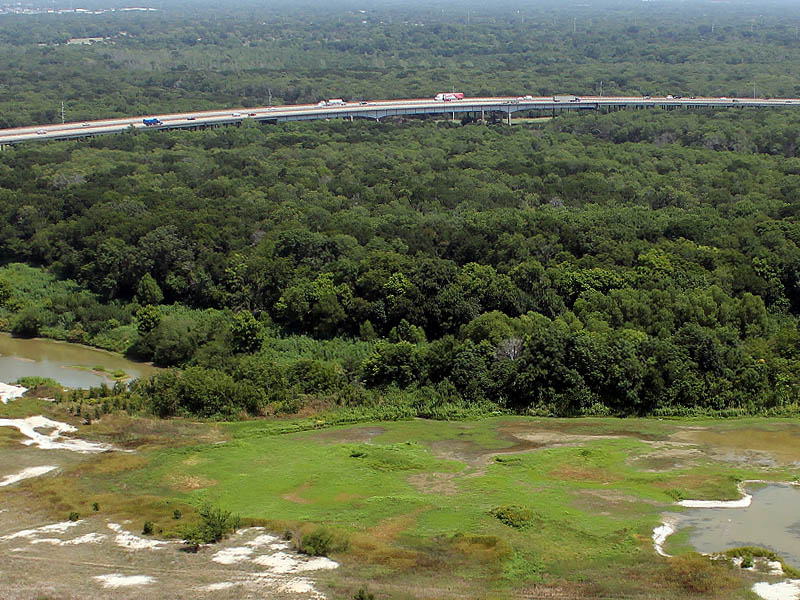

This part of the Great Trinity Forest is a real wilderness. There are very few trails down here. A hike through these woods requires making your own way, and that is exactly how I like it. There is a special exhilaration that comes with knowing you are in an expansive forest that few people have ever visited.
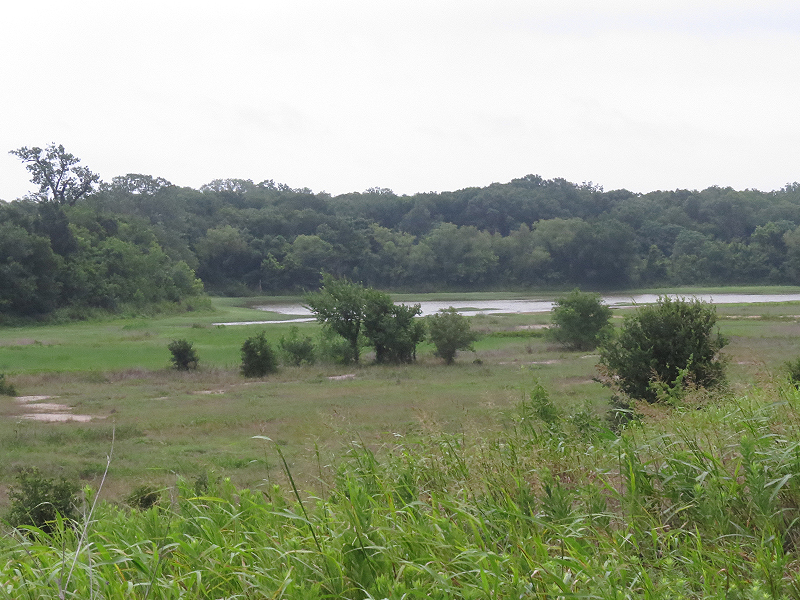
Recent rains have muddied the Trinity River and raised the water level by several feet. While these storms were not enough to cause the Trinity to overbank, enough water was added to backfill many of the river’s dried tributaries. This introduced some challenging new obstacles along the way, but also encouraged us to explore some new areas.
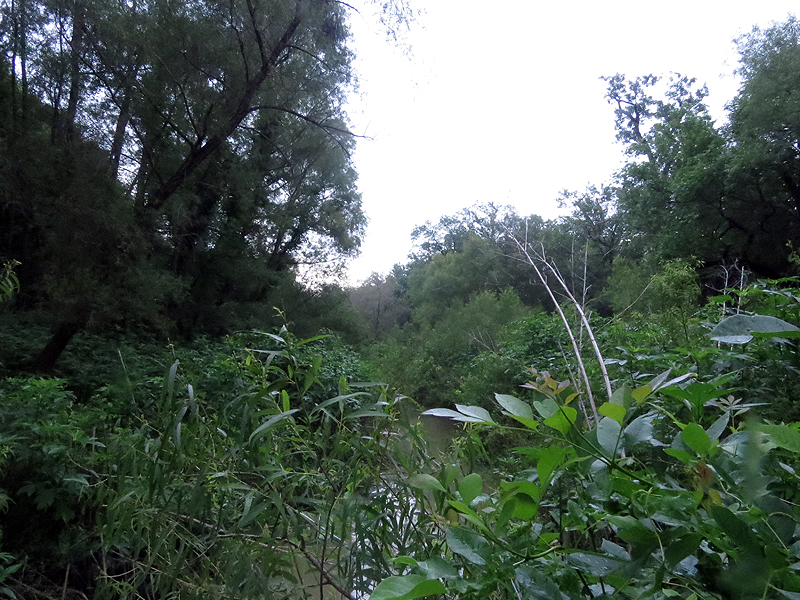

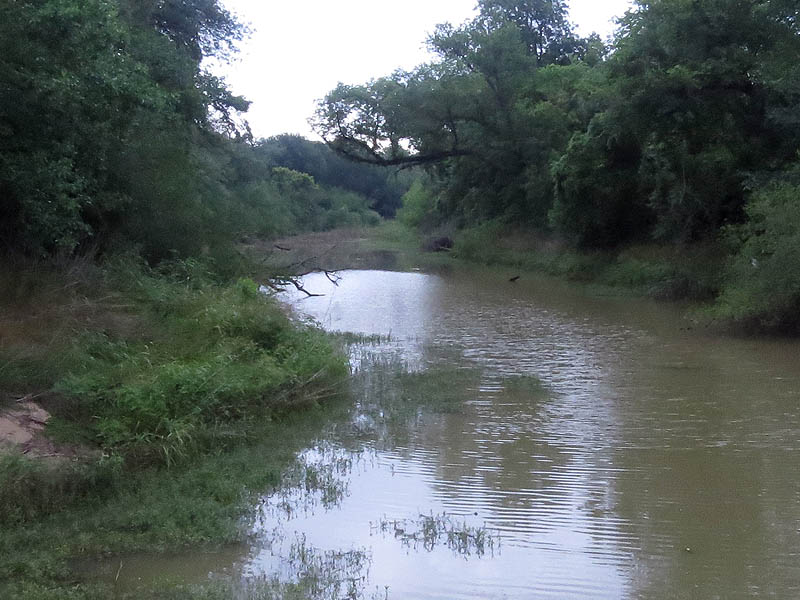
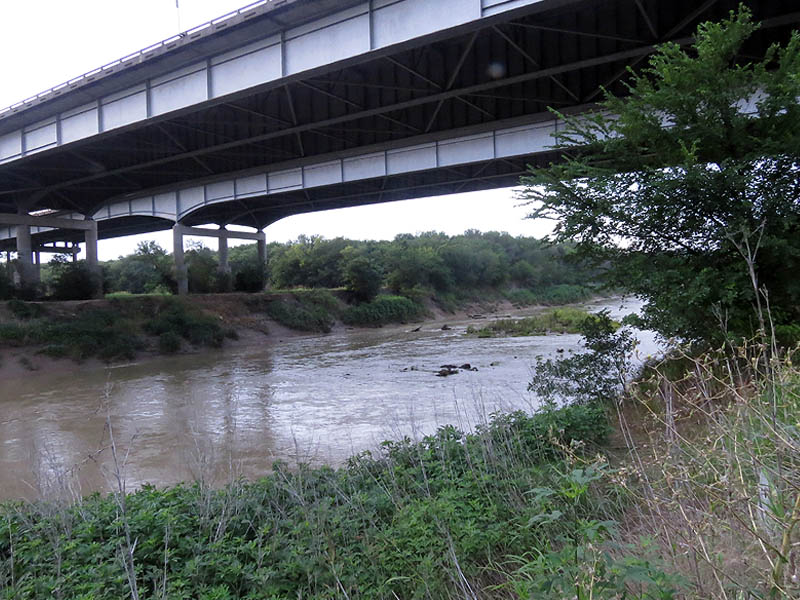
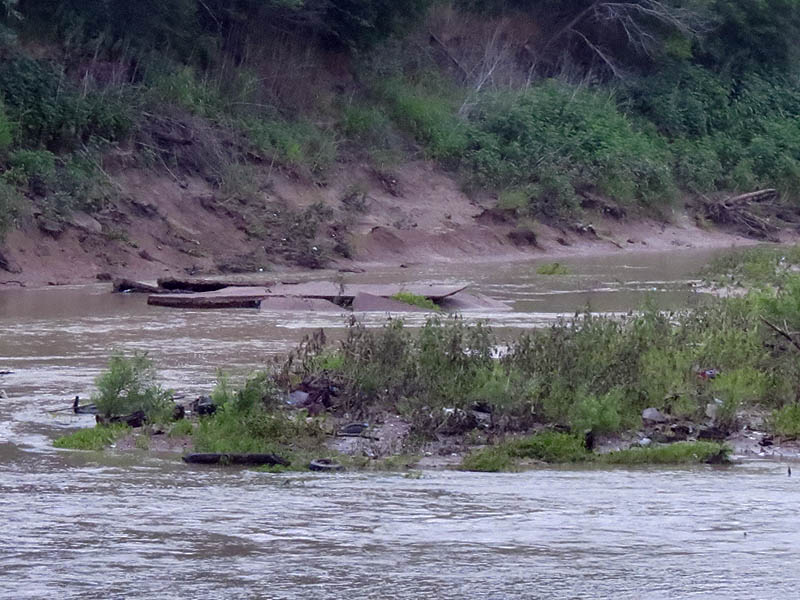
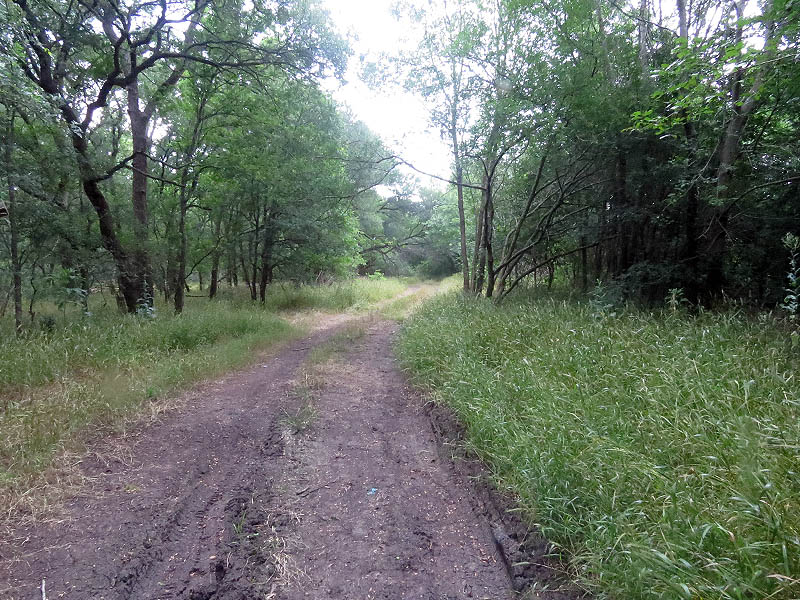



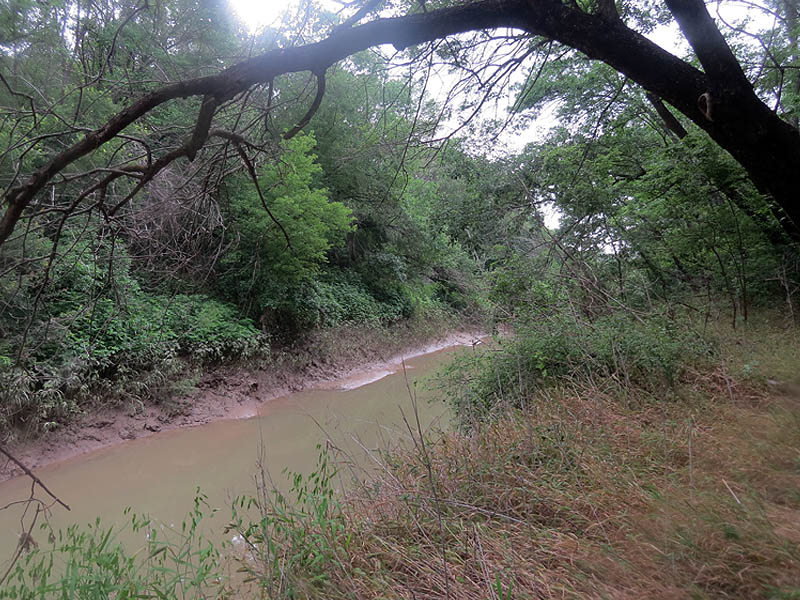
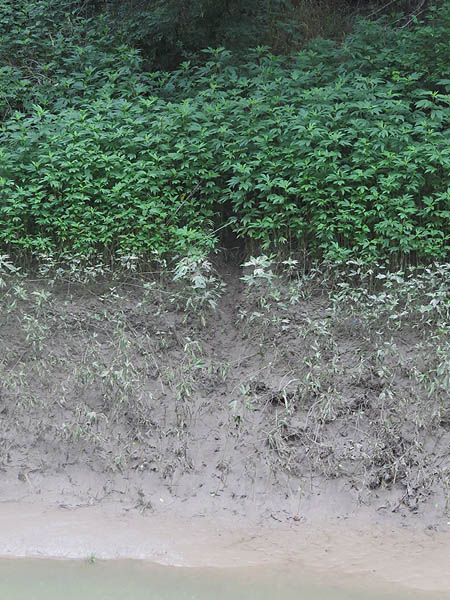
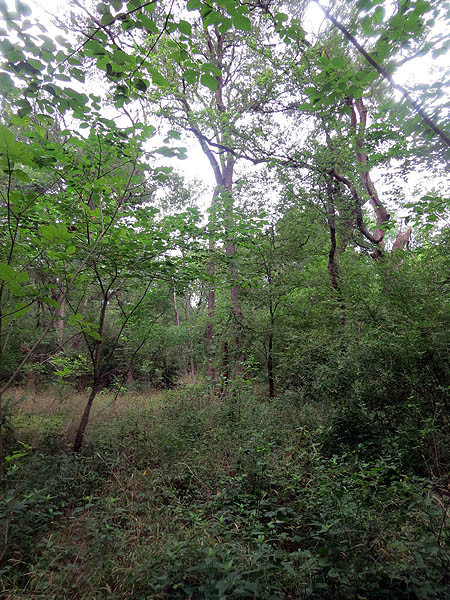

The weather was odd for June. The sky was overcast with a thick, low cloud cover and the humidity was high. We were rained on briefly on a couple of occassions. But the temperature remained unseasonably cool throughout the morning—it was still below 80F as we made our way back just before noon. Not bad for a summer day in North Texas.
We did not see much wildlife on this outing, which may have been due in part to the unusual weather. But that was okay because this expedition was meant mostly for exploring, and we did plenty of that. Fortunately, we did make a few interesting observations. Of note was a nice look at rare Black-bellied Whistling Duck that we found on an island in the middle of a small, shallow lake. This is the first example of a whistling duck that I have ever seen in the wild.
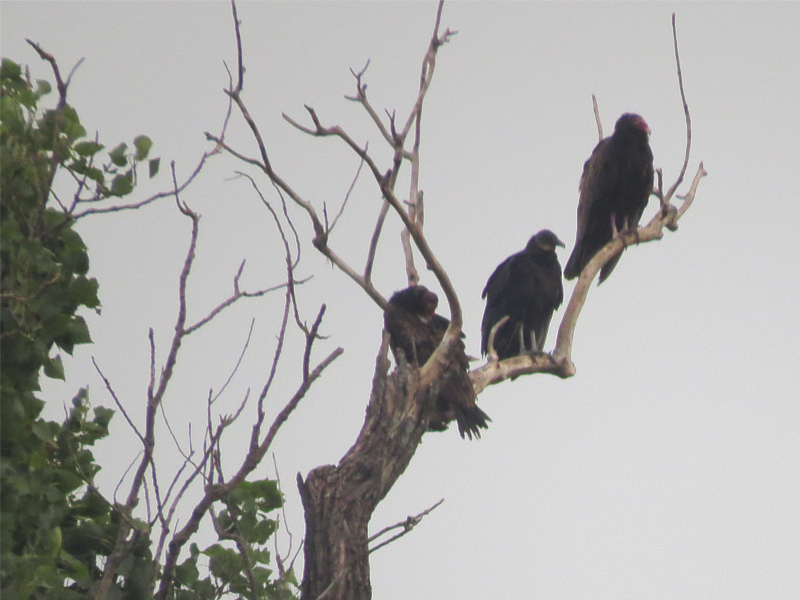
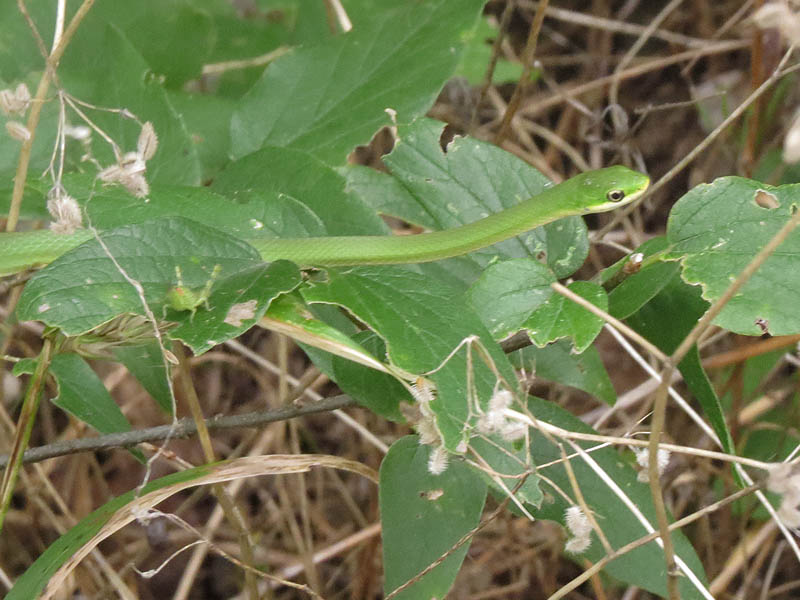
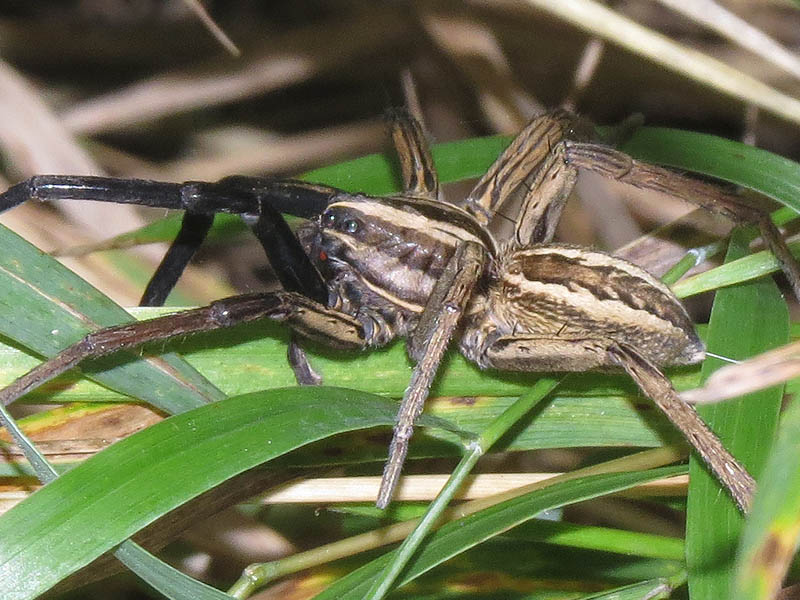




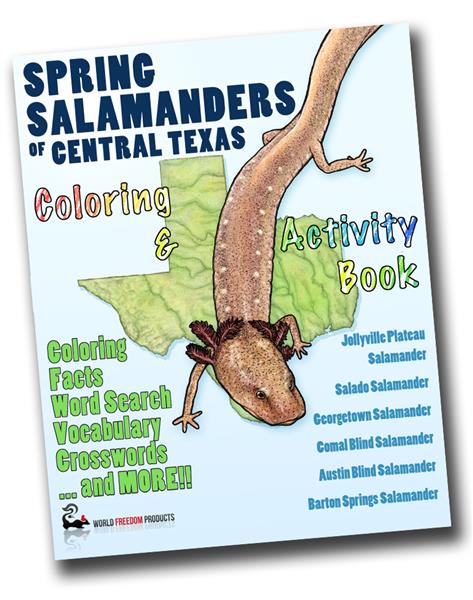

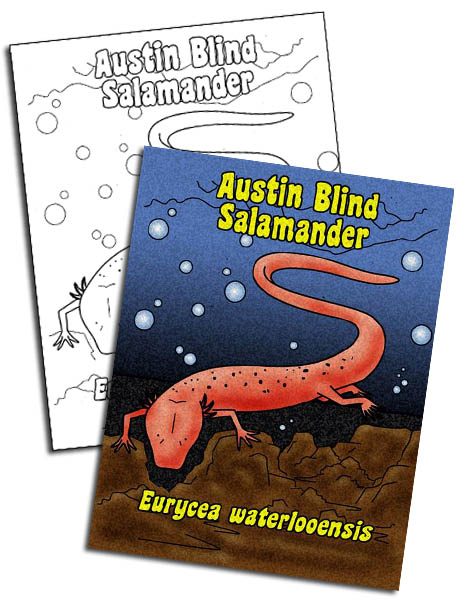

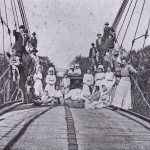

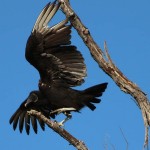


Could I please have Grant Shepard’s contact info. I am writing a children’s book on the Round Rock Springs and the Salamanders that live in the area. This project’s purpose is to educate the citizens of what is under and around them and engages local science, history, and good environmental stewardship. My contact info: 512-913-2252. Thank you- Ms. Joey Roberts http://www.rraa-art-garden.org